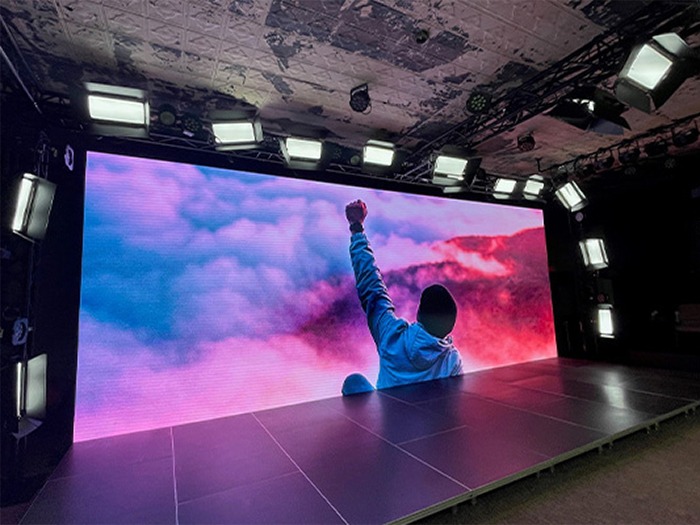Cutting-edge Strategies to Improving Untethered Communication Technologies for LED Display Panels.
Wiki Article
Untethered communication technologies for Light Emitting Diode wall screens have redefined the way we experience visual interfaces in diverse environments, such as live events, corporate gatherings, and promotional displays. These units, known for their high-impact colors and high resolution, rely heavily on strong wireless networks to perform effectively. As technology continues to advance, innovative strategies are being engineered to optimize these wireless solutions. This article will examine some of the latest strategies aimed at boosting wireless integration for Luminescent Diode wall panels.

One significant approach to improving wireless connectivity is the use of next-generation antenna systems. Antennas play a critical role in sending and receiving signals between components. By employing adaptive antenna arrays, which can adjust their direction and beamforming pattern based on the surroundings, manufacturers can greatly improve signal integrity and stability. This adaptability helps minimize disruption from other electronic systems and obstacles, leading to sharper video output and more stable link performance for LED wall panels.
Another forward-thinking approach entails utilizing mesh networking systems. Unlike conventional wireless setups that depend on a single access point, mesh systems consist of multiple connection points that work together to extend the internet signal over a larger area. This setup ensures that Light Emitting Diode wall screens receive a consistent signal regardless of their placement. In venues like stadiums or large event centers, where physical obstructions may disrupt signals, mesh networks provide a more reliable framework by maintaining signal integrity even in high-traffic areas.
Moreover, incorporating edge computing into wireless communication systems can boost performance for LED wall panels. Edge computing allows data processing to occur closer to the source of data generation rather than relying solely on centralized cloud infrastructure. By analyzing data at the edge of the LED wall panels, the architecture minimizes latency, resulting in quicker response times and more fluid video rendering. visit This innovation is especially advantageous for use cases that demand real-time responses or interactive functions, making visual displays more immersive for audiences.
Lastly, adopting new transmission standards can also enhance wireless network performance for Light Emitting Diode wall screens. Protocols such as 802.11ax and fifth-generation wireless offer enhanced bandwidth and accelerated data transfer rates compared to previous standards. These technologies allow multiple units to connect concurrently without compromising performance. As Luminescent Diode wall displays are often paired with other smart technologies, implementing these modern protocols ensures that all components can interact seamlessly, leading additional info to an significantly improved user interaction.
To summarize, the advancement of wireless communication technologies for LED wall displays is essential as technology continues to advance. Through innovations such as smart antennas, mesh networking systems, edge computing integration, and new data transmission standards, producers can deliver better efficiency and reliability. These strategies not only enhance the functionality of LED wall panels but also enhance the visual displays they deliver across multiple settings. As these advancements continue to progress, audiences can look forward to even more impressive displays in the future.